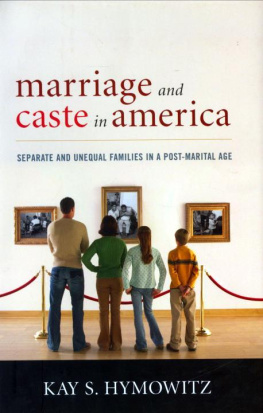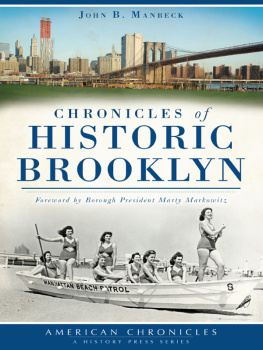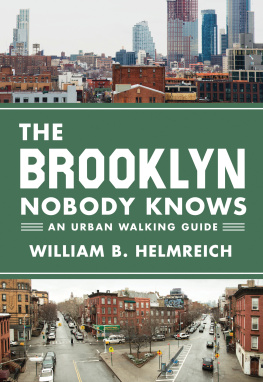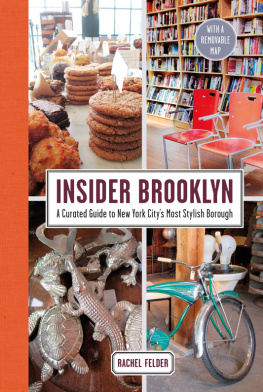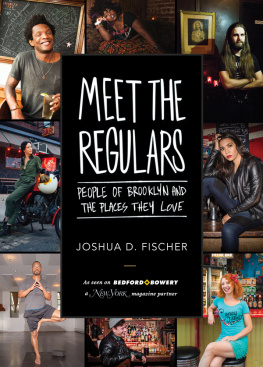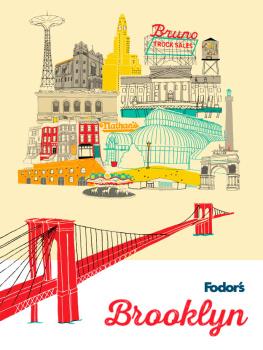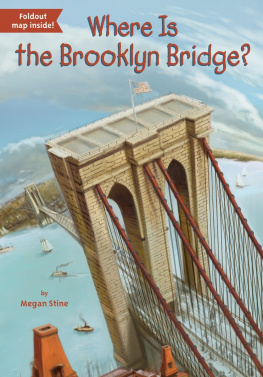About the Author
Kay S. Hymowitz is the William E. Simon Fellow at the Manhattan Institute and a contributing editor of City Journal. She is the author of four books including Marriage and Caste in America: Separate and Unequal Families in a Post-Marital Age, Liberations Children: Parents and Kids in a Postmodern Age, and Manning Up: How the Rise of Women Has Turned Men Into Boys. She resides in Brooklyn, New York.
Acknowledgments
F or the past decade Ive been the lucky beneficiary of the generosity of the William E. Simon Foundation. My deepest gratitude to Janice Riddell, Amy Allred, and most of all to Sara Fay Snider, Peter and Bill Simon, and the whole wonderful clan. It must be a rare thing for a donor to offer not only financial support but warmth, spiritedness, and humor.
At the Manhattan Institute, thanks to both Larry Mone and Vanessa Mendoza for allowing me to pursue what might have struck them initiallybut hopefully no longeras a dubious project. Bernadette Serton was an indispensible guide and advisor for the past several years. Brian Anderson, my editor at City Journal, has always been thoughtful, even-tempered, and gracious. He significantly improved several articles that eventually made their way into this book, just as he did my previous books. Thanks also to Paul Beston, Matthew Hennessy, Karen Marston, Dan Cleary, Howard Husock, Dean Ball, Alex Armlovich, Stephen Eide, Aaron Renn, Robert Sherwood, Michele Jacob, Leigh Harrington, Pete Pappas, Mike Dotsikas, and that Houdini of copy editors, Janice Myerson. Finally, Jonathan Sisk at Rowman & Littlefield gave The New Brooklyn a felicitous publishing home for which I will always be grateful.
Many friends, contacts of friends, and assorted strangers helped guide me to sources and flesh out my understanding of a place that was so much bigger and more varied than I realized when I started this book. I want to thankin no particular orderBob Begleiter, Diana Lopez, Jim Rutenberg, Paul Mak, Bernie Graham, Frank Seddio, Fred Siegel, Jan Rosenberg, Steven Raphael, Chris Vecchione, Norm Oder, Nicole Gelinas, Robert Cherry, Angela Rachidi, Jennifer Senior, Anne Heller, Erasma Monticciolo, Phil Kasinitz, Nancy Foner, Yang Chen, Tucker Reed, Jon Askin and Paul Gangseii, Naomi Schaeffer Riley, Kathleen Vance, Ron Shiffman, Orly Clerge, Peter Cove, Lee Bowes, Dan Berner, Lenore Berner, Tom Mariano, and Marc Rosenbaum. Note to the overlooked: please take it as a sign of less-than-perfect notes taken over many years, not ingratitude.
Thanks as always to my husband Paul Hymowitz for his love, endurance, and indispensible sense of humor.
1 The Old Brooklyn, Part One
H istory is not for the tenderhearted or the nave. Thats one lesson you learn from studying the past of any great city, and Brooklyn is no exception. From its first recorded years, Brooklyns history has mirrored the worst and best of times moniker that we could apply to almost any period of Americanindeed, to all humanhistory. Slavery, small-pox-infected natives, bigotry, violent gangs, ghettos, drug epidemics, inequality, dark Satanic mills, cholera, yellow fever, toxic land and waterways, greedand harmful creative destruction: all have been part of the contradiction that is Brooklyn today.
But so, too, is Brooklyn a product of brilliant, even heroic, engineering feats, entrepreneurial verve and innovation, multiethnic tolerance, abolitionist fervor, philanthropic generosity, rags-to-riches striving, civic passion, opportunities for the poor unparalleled anywhere on earthand thrilling creative destruction. Perhaps Rome is an Eternal City, but most places dense with human activity are always in fluxespecially when a stream of migrants and new technologies churn up traditional ways of doing things. Like many other citiesAmerican cities, in particularBrooklyn has had plenty of the worst and the best.
BROOKLYNS AGRICULTURAL AGE
Change first arrived quietly in the primeval, heavily forested, western tip of Long Island in the mid-seventeenth century, when several nondescript skiffs appeared on the western shore facing what we now call the East River. The boats were carrying a few adventurous Dutch families venturing out from New Amsterdam, a small settlement at the southern tip of todays Manhattan. The fertile land that they found wasinconveniently, from their point of viewoccupied by the Canarsee Indians, a small tribe that was part of the larger Lenape. In the face of the more worldly and crafty Dutch arrivals, the wild people, as the settlers called them, didnt stand a chance. For eight fathoms of duffle cloth, eight fathoms of wampum... twelve kettles, and a variety of tools, the Dutch traded the land where the Canarsee had gathered berries, hunted game, and grown corn for untold generations. The transaction seemed peaceable enough, but the calm proved short-lived. Some Indians died in the inevitable skirmishes with the newcomers; others succumbed to diseases resulting from the sudden exposure to alien European microbes. The lucky ones made their way to the less disturbed land of eastern Long Island. Within fifty years after the Dutch arrival, the Brooklyn Canarsee, at least as a cohesive tribe, were no more.
The Dutch had good reason to covet the land that we now know as Brooklyn. With the rolling hills and lush forests between the East River and the Atlantic Ocean, as well as the Edenic bounty of game, fish, oysters, dolphins, and whales in the local waters, the area promised a thriving future for whoever was lucky enough to use it. By the mid-1600s, the small band of Dutch settlers had grown and spread widely enough to create five villages. The name Breuckelen, a town near Amsterdam, was bestowed on the hills and woods nearest the East River that would become Brooklyn Heights. Boswijck, meaning little town in the woods, at the time encompassed the land we now call Bushwick, Williamsburg, and Greenpoint; Midwout, which would soon be renamed Flatbush; New Utrecht, at the very southwestern tip of Long Island that eventually became Bay Ridge; and Flatlands, the district along todays Jamaica Bay. A sixth village, Gravesendincluding todays neighborhoods of Coney Island and Bensonhursthad a different provenance. It was established in 1643 by Lady Deborah Moody, an English aristocrat and Anabaptist fleeing the persecution that she had encountered, ironically enough, among the religious freedomseekers of the Massachusetts Bay Colony. She was not the only pilgrim to find the New York Dutch more tolerant than the Massachusetts colonists, as Russell Shorto notes in The Island at the Center of the World; but she was the first woman to do so and, as a result, the first woman to found a New World settlement.
The Dutch presence also lives on in a few remaining farmhouses in Flatbush and Gravesend, one of them owned by the Lott family and another, legend has it, by Lady Moody herself. The ghosts of that Dutch era are also alive in names that still mark Brooklyns street signsWyckoff, Schermerhorn, Boerum, Remsen, Bergen, Ditmas (originally Ditmars), and Cortelyouas well as in the Dutch Reform churches in Park Slope, Flatbush, and Flatlands.
Still, actual Dutch rule turned out to have a short life span. By 1664, the New York Dutch ceded control to a more determinedand now largerband of English colonists. New Amsterdam became New York, named for the Duke of York (though its Indian name of Manhatta remained part of the local lexicon); the six original Dutch towns were brought under one jurisdiction called Kings County, in honor of the dukes brother, King Charles II. Its boundaries, just southwest of the congruently named Queens County, remain synonymous with the borough of Brooklyn today. Otherwise, the change of regime was remarkable for being a nonevent. The Dutch continued to go about their business, speaking their own language, following their own customs, and introducing a habit of live-and-let-live that has ever since defined Brooklyn at its best. Its fair to note, however, that this habit was made easier by the fact that Brooklyn remained sparsely inhabited for the next two centuries. Odd as it might seem to the contemporary mind, Brooklyn, one of the most renowned urban districts of the past century, was a quiet farm district for more years than it has been a city.


